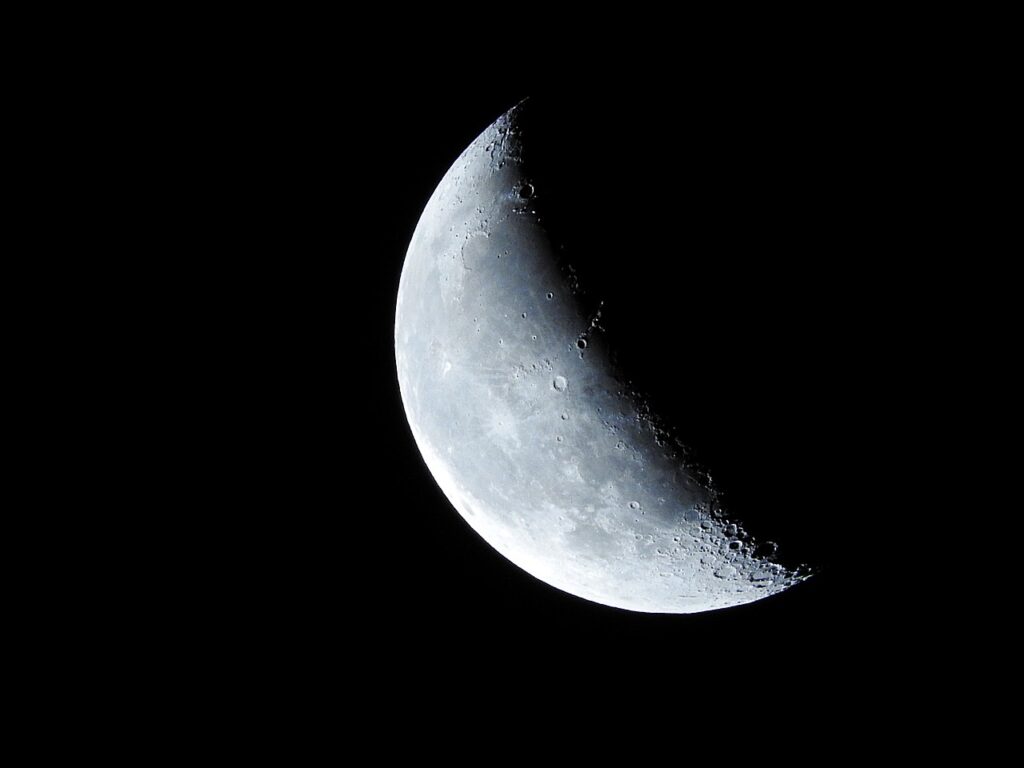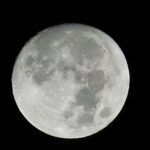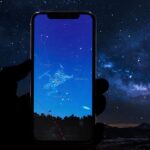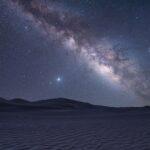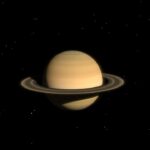Suppose you’re an astronomy beginner interested in exploring the universe. In that case, the Moon is an excellent place to start. It’s a familiar celestial body that has fascinated humans for centuries. With the right tools and knowledge, observing the Moon can be a rewarding experience for any beginner astronomer. In this guide, let’s delve into the fundamentals of moon astronomy for beginners.
Why Observe the Moon?
Due to its proximity to Earth, the Moon is an ideal object to observe in the night sky. It’s also the only place in the solar system, other than Earth, where humans have walked. Observing the Moon can provide valuable insight into the origins and history of our solar system. Additionally, it allows one to admire the magnificence and awe-inspiring nature of the cosmos.
Tools for Observing the Moon
The Moon is bright enough to observe with the naked eye, but a telescope or binoculars can provide a more detailed view. A telescope with a 70mm aperture or larger is ideal for observing the Moon. Binoculars with a magnification of 7×50 or 10×50 are also a good choice. It’s essential to have a stable tripod to keep your equipment steady and prevent shaking.
Moon Phases
The appearance and visibility of the Moon can be affected by its cycle of phases. Understanding these phases is essential for planning your observations. The lunar cycle commences with the new Moon, which is imperceptible. As the Moon moves through its stages, it becomes more visible until it reaches the full Moon. After that, it wanes until it returns to the new moon phase. Keep track of the lunar cycle to plan your observations accordingly.
The Terminator
The Terminator is the line that separates the illuminated part of the Moon from the dark part. It is one of the most attractive features to observe during stargazing, especially when the Moon is in its crescent or quarter phases. At these times, the contrast between the light and dark areas along the Terminator is most pronounced, creating a stunning visual effect. Observing the way the shadows change as the Moon rotates is fascinating, giving you a glimpse into the lunar landscape. A telescope or binoculars can enhance your view of the Terminator and help you spot even more details. So if you want to explore the Moon during your stargazing sessions, observe the Terminator and all its unique features.
Moon Surface Features
A telescope or binoculars can reveal numerous features on the surface of the Moon. These features include craters, mountains, valleys, and plains. The dark spots on the Moon’s surface are known as “maria” and are made up of solidified lava flows. The brighter areas are known as “terrae” and are made up of higher terrain.
Observing the Moon
When observing the Moon, choosing a night with clear skies and minimal light pollution is essential. Find a location away from streetlights and other sources of light that can interfere with your observation. Once you’ve set up your equipment, focus your telescope or binoculars on the Moon. Start by observing the brighter areas, such as the maria, and then move on to the darker areas, such as the craters.
Moon astronomy for beginners is an exciting and rewarding hobby that can provide valuable insight into the universe. Observing the Moon can be a fun and educational experience with the right tools and knowledge. Remember to choose a clear night with minimal light pollution, track the lunar cycle, and focus your equipment on the Moon’s surface features. With some practice, you’ll be able to appreciate the beauty of the universe like never before by exploring the lunar surface.
Read more: STARGAZING TIPS FOR DIFFERENT MOON PHASES
